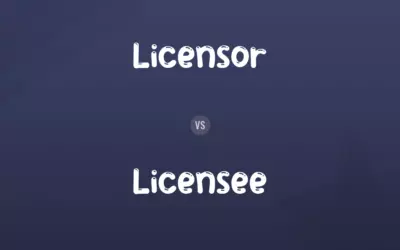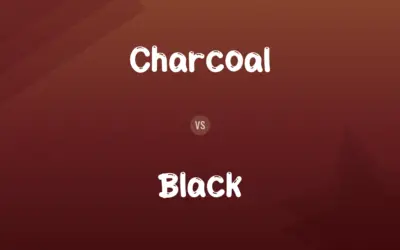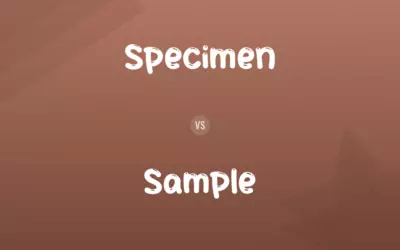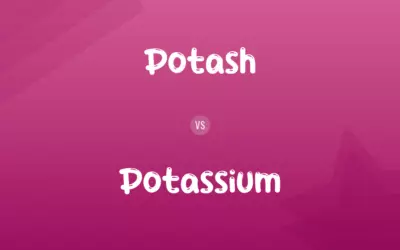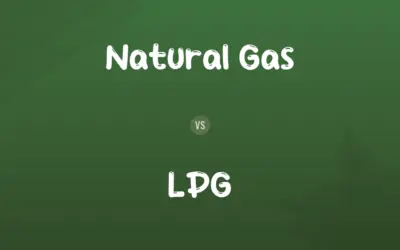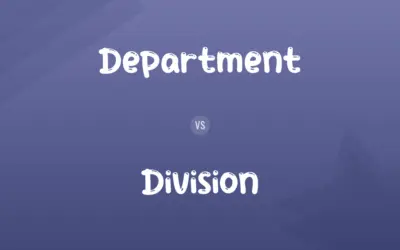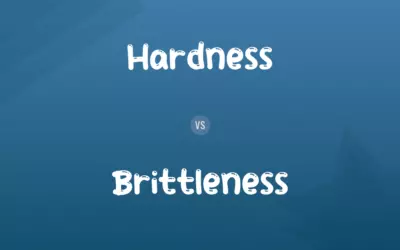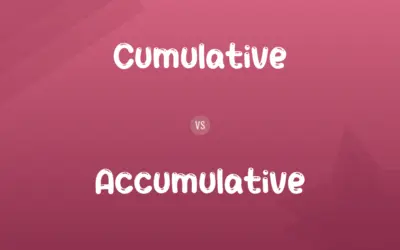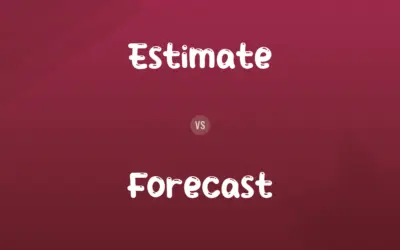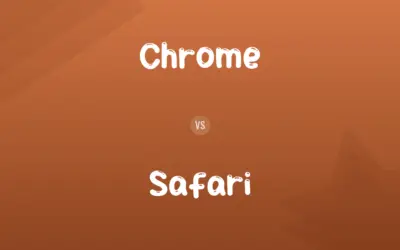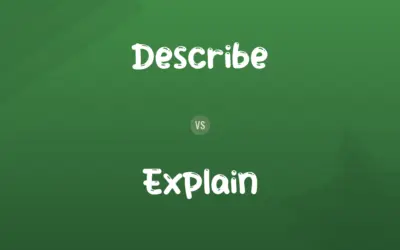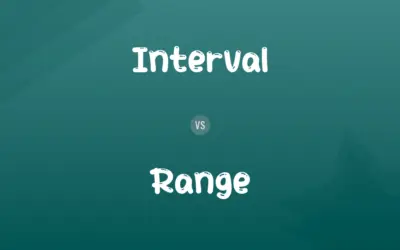Raceme vs. Panicle: Difference and Comparison
Edited by Muazma Batool — By Muneeza Rehman — Updated on September 21, 2023
A raceme is a simple, elongated flower cluster, while a panicle is a branched, more complex flower cluster.
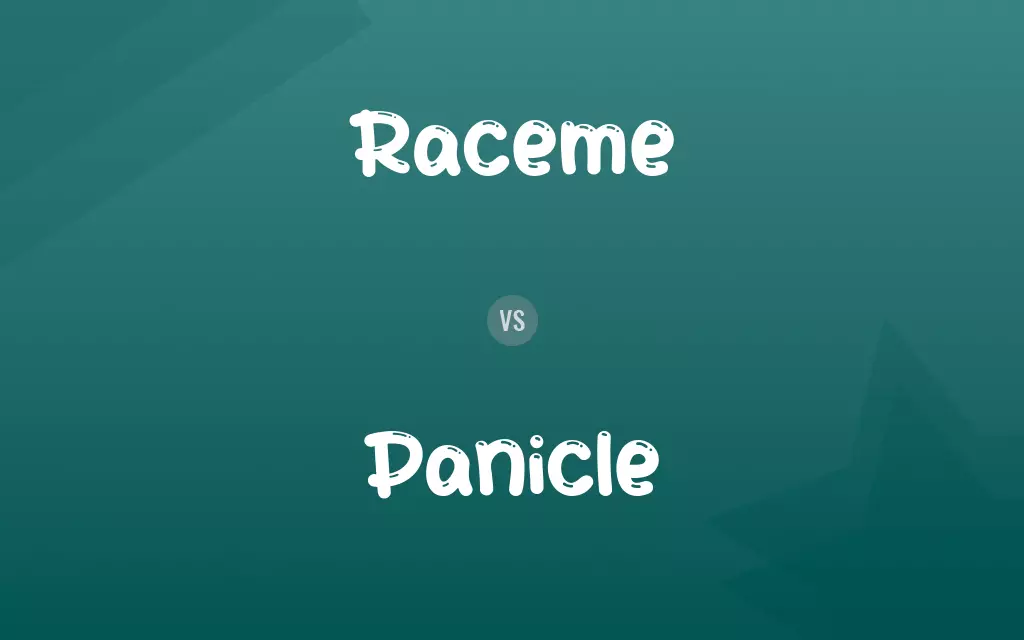
Difference Between Raceme and Panicle
Raceme and panicle refer to different types of inflorescences, or arrangements of flowers on a plant. A raceme is a simple and elongated inflorescence with flowers arranged along the central stem, each attached by a short stalk called a pedicel. In racemes, the lower flowers bloom first, allowing a sequential bloom up the stem. This inflorescence type is seen in plants like snapdragons and lupines.
Muazma Batool
Sep 21, 2023
A panicle, on the other hand, is a more complex and often more voluminous inflorescence. It has a main axis and multiple branching stems, each bearing flowers, which can also be further subdivided. This gives panicles a fuller and more branched appearance compared to racemes. Panicles are exhibited by plants like oats and some species of grasses.
Muneeza Rehman
Sep 21, 2023
Understanding the difference between raceme and panicle is essential in botany as the type of inflorescence can aid in plant identification. While racemes have a straightforward and linear arrangement of flowers, panicles display a branched and often intricate arrangement, adding to the plant’s aesthetic appeal and contributing to its identification and classification.
Muazma Batool
Sep 21, 2023
Racemes and panicles also differ in the way they present their flowers to pollinators. The simple arrangement of a raceme may appeal to specific pollinators, while the complex structure of a panicle might attract a diverse array of pollinators, impacting the plant’s reproductive success.
Lucas
Sep 21, 2023
In the world of plants, the diversity in inflorescence types, including racemes and panicles, underscores the adaptability and evolution of plant species in response to their environments and ecological niches. The structural differences between raceme and panicle inflorescences reflect the myriad strategies plants employ to ensure their propagation and survival.
Leo
Sep 21, 2023
Raceme vs. Panicle Comparison Chart
Flower Arrangement
Flowers arranged along a central stem
Multiple branching stems each bearing flowers
Muneeza Rehman
Sep 21, 2023
Impact on Identification
Helps in identifying certain plant species
Crucial for identifying a diverse range of plants
Muneeza Rehman
Sep 21, 2023
Raceme vs. Panicle Definitions
◉Raceme
A raceme is a simple inflorescence with flowers arranged along a central stem.
The lupine displayed a striking raceme of blue flowers.
Muazma Batool
Sep 21, 2023
◉Panicle
A panicle is a complex, branched inflorescence with multiple stems bearing flowers.
The grass species displayed its seeds on a lofty panicle.
Levi
Sep 21, 2023
◉Raceme
Racemes are characteristic of plant species like snapdragons and lupines.
The garden was filled with the elongated racemes of various lupines.
Jonathan
Sep 21, 2023
◉Panicle
Panicles are seen in plants like oats and many grass species.
The meadow was dotted with the intricate panicles of wild grasses.
Muneeza Rehman
Sep 21, 2023
◉Raceme
The raceme is a straightforward and linear arrangement of flowers.
Observing the raceme, the botanist noted its simple and linear structure.
Nolan
Sep 21, 2023
◉Panicle
Panicles can aid in the identification and classification of plant species.
The botanist used the structure of the panicle to classify the unknown plant.
Muazma Batool
Sep 21, 2023
◉Raceme
Racemes have a sequential bloom, starting from the lower flowers.
The raceme of the snapdragon revealed its lower blossoms first.
Kaitlyn
Sep 21, 2023
◉Panicle
Panicles have a more voluminous and intricate appearance compared to racemes.
The panicle of the oat plant was filled with numerous delicate branches.
Muneeza Rehman
Sep 21, 2023
◉Raceme
In racemes, each flower is attached by a short stalk or pedicel.
Each bloom in the raceme of the plant was connected by a delicate pedicel.
Henry
Sep 21, 2023
◉Panicle
The structure of a panicle can attract a diverse array of pollinators.
The branching panicle of the shrub was buzzing with various insects.
Henry
Sep 21, 2023
◉Raceme
An inflorescence having stalked flowers arranged singly along an elongated unbranched axis, with the flowers at the bottom opening first.
Muneeza Rehman
May 03, 2023
◉Raceme
(botany) An indeterminate inflorescence in which the flowers are arranged along a single central axis.
Muneeza Rehman
May 03, 2023
◉Raceme
A flower cluster with an elongated axis and many one-flowered lateral pedicels, as in the currant and chokecherry.
Muneeza Rehman
May 03, 2023
◉Panicle
A pyramidal form of inflorescence, in which the cluster is loosely branched below and gradually simpler toward the end.
Muneeza Rehman
May 03, 2023
◉Raceme
usually elongate cluster of flowers along the main stem in which the flowers at the base open first
Muneeza Rehman
May 03, 2023
Raceme vs. Panicle Frequently Asked Questions
Why are racemes important in botany?
Racemes, with their simple and linear arrangement of flowers, aid in plant identification and classification.
Muneeza Rehman
Sep 21, 2023
What plants typically exhibit panicles?
Panicles are typically exhibited by oats and some species of grasses, among other plants.
Muneeza Rehman
Sep 21, 2023
How does the structure of a raceme impact pollination?
The straightforward arrangement of a raceme may appeal to specific pollinators, impacting the plant’s reproductive success.
Leo
Sep 21, 2023
What is a raceme?
A raceme is a simple, elongated inflorescence with flowers arranged along a central stem.
Muneeza Rehman
Sep 21, 2023
Is the arrangement of flowers in a raceme sequential?
Yes, in a raceme, the lower flowers typically bloom first, followed by a sequential bloom up the stem.
Muazma Batool
Sep 21, 2023
How does a panicle differ from a raceme?
A panicle is a more complex, branched inflorescence with multiple stems each bearing flowers, in contrast to the simple structure of a raceme.
Muazma Batool
Sep 21, 2023
Can the complexity of a panicle contribute to a plant’s aesthetic appeal?
Yes, the intricate, branched structure of a panicle adds to the aesthetic appeal of the plant.
Lucas
Sep 21, 2023
How do racemes and panicles reflect plant adaptability and evolution?
The diversity in inflorescence types, including racemes and panicles, underscores the adaptability and evolution of plant species in their environments and ecological niches.
Muneeza Rehman
Sep 21, 2023
Do racemes and panicles aid in plant classification?
Yes, the structural differences between racemes and panicles are crucial for identifying and classifying diverse plant species.
Olivia
Sep 21, 2023
Can the structure of a panicle attract diverse pollinators?
Yes, the complex structure of a panicle can attract a varied array of pollinators due to its branched appearance.
Nolan
Sep 21, 2023
Content Creators
Written by
Muneeza RehmanAt Comparisons.wiki, Muneeza skillfully navigates the vast sea of information, ensuring clarity and accuracy as the lead content editor. With a keen eye for detail, she curates every comparison to enlighten and engage readers.
Edited by
Muazma BatoolAs a content editor, Muazma Batool is not just a grammar guru but a creative mastermind who breathes life into every word. With an eagle eye for detail and a passion for storytelling, she transforms bland text into engaging content that captivates audiences and drives results.




